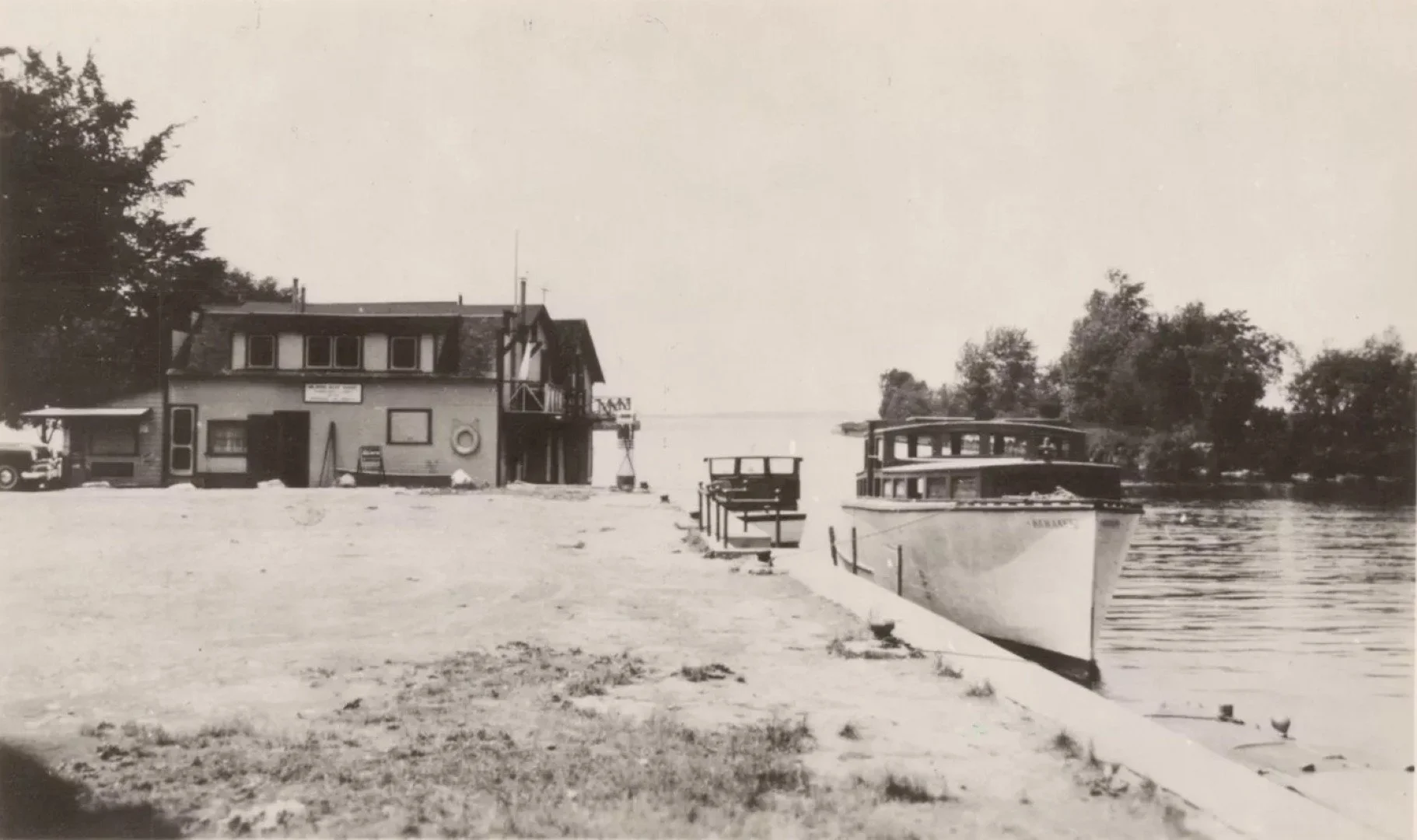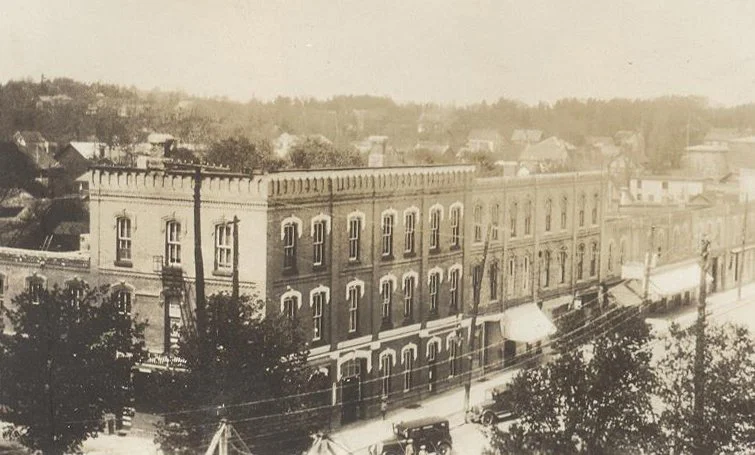
Brought To You
By The Town Crier
Submit an Article or Event
Please ensure that your submissions are sent in no later than Wednesday evening if you would like to be featured in that Thursday’s Town Crier newsletter.
Filter by Category
- #TogetherAtHome
- Active Living
- Business
- Community News
- Featured Photo
- Fenelon Falls
- Food and Drink
- From Our Team
- Fun In Fenelon
- Green Scene
- Haliburton
- History
- Kawartha Lakes
- Kirkfield Museum
- Lifestyle
- Mike Perry
- On Location In FF
- Our People Our Stories
- Shop Local
- Support Local
- Support Local Business
- Village Improvement

Murphy Farm – Kawartha Settlers Village
In 1873, Mary Ann (Fitzgerald) Murphy inherited $800 from her father, Gerald Fitzgerald of Lakefield, on the condition that it had to be invested in real estate for the benefit of her and her heirs. It was unusual for the era that property was left specifically to a daughter and her children, without mentioning the husband.

Foresters Hall Becomes the Kinmount Community Centre and Artisan’s Marketplace
The Canadian Order of Foresters was a fraternal, mutual aid society that was derived from an ancient English friendly society devoted to caring for the sick. In Canada, the organization came to offer insurance long before the introduction of Medicare.

Fenelon Falls’ Swing Railway Bridge
When the Victoria Railway was constructed in the mid-1870s, Fenelon Falls was still a waterfall with a cascade located above it.

Sturgeon Point Union Church
Sturgeon Point has sandy and gravelly soil, so it was not well suited to agriculture, but was more open than the surrounding forests, and was a beautiful spot to spend a summer day, having views of all three arms of Sturgeon Lake.

Treaty Rock
In the first half of the twentieth century, Thurstonia became a popular destination for visitors to the region and local residents alike.

Passport to Christmas is back!
The Fenelon Falls & District Chamber of Commerce is eager to kick off the annual Passport to Christmas promotion, running from November 14 to December 14!

40 Years of Caring on the Move: The Legacy of the Care-A-Van Program
One of those foundational services is our accessible transportation program — originally known as Care-A-Van, and now offered as part of our Specialized Transportation services.

Fenelon Station Gallery
In 1874, Fenelon Falls incorporated as a village so it could approve a subsidy to bring the railway to town. By the summer of 1876, tracks connected Lindsay to Fenelon Falls and a station was complete by September, with Thomas Lockhart as the first station master.

Kawartha Lakes Invites the Community to Help Tell its Story Through Photos
The City of Kawartha Lakes is asking for help from community members, local museums, archives, and heritage organizations, to bring history to life through photography.

The Academy Theatre
By the late nineteenth century, Lindsay was growing as a county seat on the banks of the Scugog River. It was a busy railway town, and steamships sailed to the wharf from communities like Bobcaygeon. Having been built on a former wetland, Kent Street was still marshy and it was common to see wagons sinking up to their axles. Despite these hardships, progress was a transcending value of the Victorian era, and a performance space would be a wonderful addition to this growing community.

Mackenzie House
In 1849 William Mackenzie was born in a log shanty near the Portage Road, being the ninth child of two poor tenants, Mary and John Mackenzie. After briefly teaching school and operating the Shoofly Store in Kirkfield, Willliam and his brother Alex started a construction business.

Canada Crayon Company–Crayola–now Rivera Park
The Crayola brand was developed by Binney and Smith Company. Cousins Edwin Binney and C. Harold Smith of New York operated a chemical company making products like red iron oxide pigments for barn paint and carbon black chemicals to make tires black.


Fenelon Falls Post Office – CIBC
In the late nineteenth and early twentieth centuries public buildings were important symbols in Ontario. Generations of immigrants had moved to the region to chop farms from the forests or help establish new services in towns. Many worked their whole lives just to afford and build a home they could give to their children.

Lindsay Library
In the nineteenth century—before the advent of motion pictures or radio—let alone the internet, print media was basically the only media that could reach an international audience. Having access to books opened exciting possibilities for those who could read—literacy was far from universal.

Beaverton Harbour
Beaverton developed as a crossroads village at the mouth of the Beaver River on Lake Simcoe. From this community’s earliest days, there was steamboat service on the lake, beginning with the Sir John Colborne, which was launched in 1832 at the lower landing on the Holland River, on Yonge Street.

Verulam Town Hall, Bobcaygeon
For the first generation after large scale European immigration began to the area, in communities like Bobcaygeon, Rokeby (as the village north of the river was then called) and Verulam Township, many of the public institutions were very rudimentary.

The McArthur House Hotel
During the age of the steamboats and stage coaches, it took much longer to get anywhere than it does today. In that era, steam travel was associated with progress, because it was so much faster and easier to transport large quantities of goods than in previous generations when people paddled.

Millyard’s Drug Store - Souter’s Variety
One of the many striking buildings on the main street of Coboconk, the exterior of Souter’s has changed little since it was Millyard’s Drug Store in the early twentieth century.

Old St. James
St. James Anglican Church is among the oldest organizations in Fenelon Falls. Before the advent of public schools, many children received their education through the church. It helped care for sick and elderly—for most people, giving to church was their primary charitable donation.
